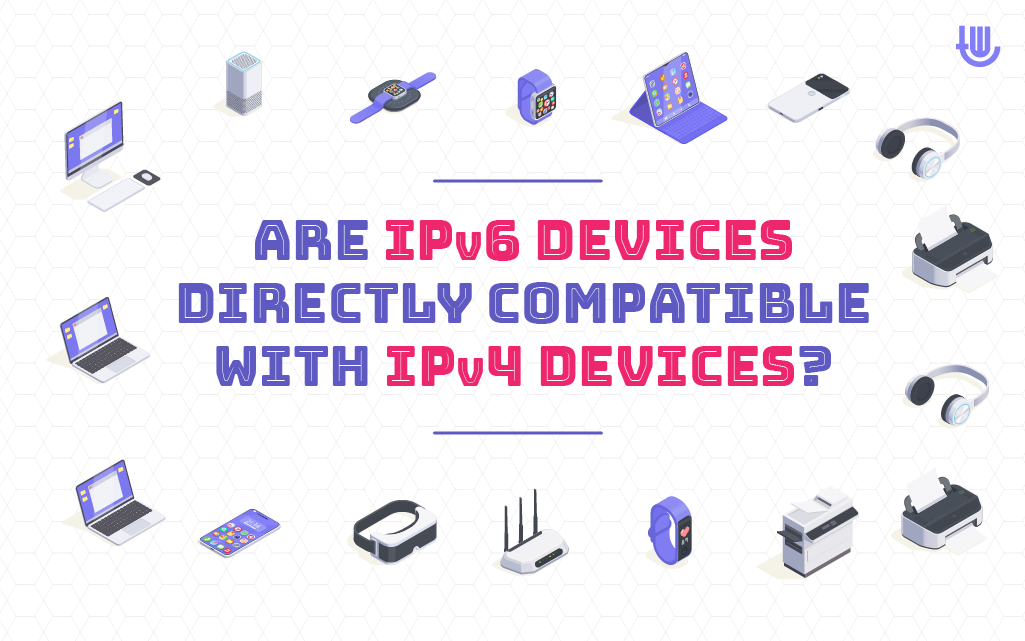
The Internet Protocol (IP) is a set of rules for communication between devices over the Internet. The most widely used version of IP, IPv4, is nearing exhaustion of its available address space. To overcome this limitation, a new version of IP was developed called IPv6, which provides a much larger address space. However, the adoption of IPv6 has been slow, and many devices still use IPv4. In this article, we will discuss whether IPv6 devices are directly compatible with IPv4 devices and how Splynx, an ISP billing and network management software, can help in managing networks with both IPv4 and IPv6 devices.
Compatibility Between IPv6 and IPv4 Devices
IPv6 and IPv4 are not directly compatible because they use different address formats. IPv4 addresses are 32-bit binary numbers represented in dotted-decimal notation, while IPv6 addresses are 128-bit binary numbers represented in hexadecimal notation.
To enable communication between IPv6 and IPv4 devices, different mechanisms have been developed. These mechanisms are called transition technologies, and they facilitate communication between IPv6 and IPv4 networks. Some of the commonly used transition technologies are as follows:
- Dual Stack: In a dual-stack network, both IPv4 and IPv6 protocols are enabled on network devices. This allows devices to communicate with each other using either protocol. Dual stack is the most widely used transition technology because it provides a straightforward way to transition from IPv4 to IPv6.
- Tunneling: Tunneling is a mechanism that allows IPv6 traffic to be encapsulated within IPv4 packets, and vice versa. Tunneling allows communication between IPv6 and IPv4 networks, but it can introduce overhead and latency in the network.
- Translation: Translation is a mechanism that translates IPv4 packets to IPv6 packets and vice versa. This mechanism can be used to enable communication between IPv6 and IPv4 networks, but it can introduce additional complexity in the network.
Splynx and IPv6/IPv4 Management
Splynx is an ISP billing and network management software that can help in managing networks with both IPv4 and IPv6 devices. Splynx provides a user-friendly interface for managing network devices, configuring services, and assigning IP addresses.
It supports both IPv4 and IPv6 addressing, and it provides tools for managing both types of addresses. It also allows network administrators to configure IP pools for IPv4 and IPv6 addresses, and it provides tools for assigning IP addresses to devices automatically or manually. The system provides tools for monitoring IP address usage and detecting conflicts between IP addresses.
Splynx supports both dual stack and tunneling transition technologies. It can configure network devices to operate in dual-stack mode, and it can set up tunnels between IPv4 and IPv6 networks. It also provides tools for monitoring the performance of tunneling and detecting any issues.
The system also supports translation transition technology. Splynx can configure devices to perform translation between IPv4 and IPv6 packets, and it can monitor the performance of translation.
Conclusion
In conclusion, IPv6 and IPv4 devices are not directly compatible due to the differences in address formats. However, different transition technologies have been developed to enable communication between IPv6 and IPv4 networks. Splynx supports both IPv4 and IPv6 addressing, and it provides tools for managing IP addresses, configuring services, and monitoring network performance.
Featured image by Christoph Scholz, on Flickr.